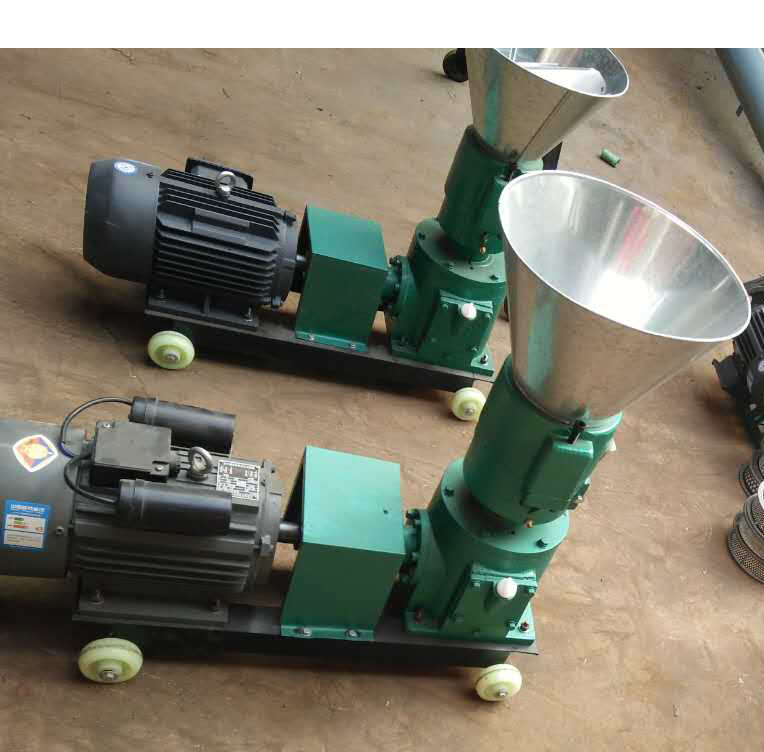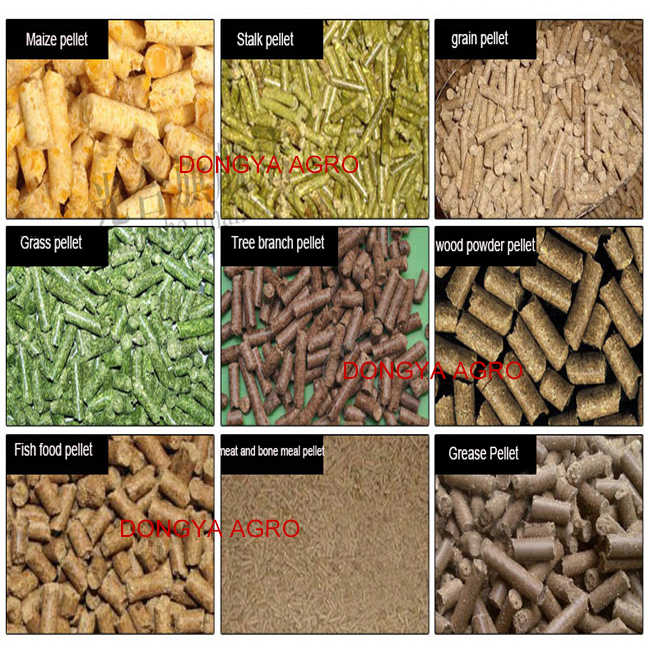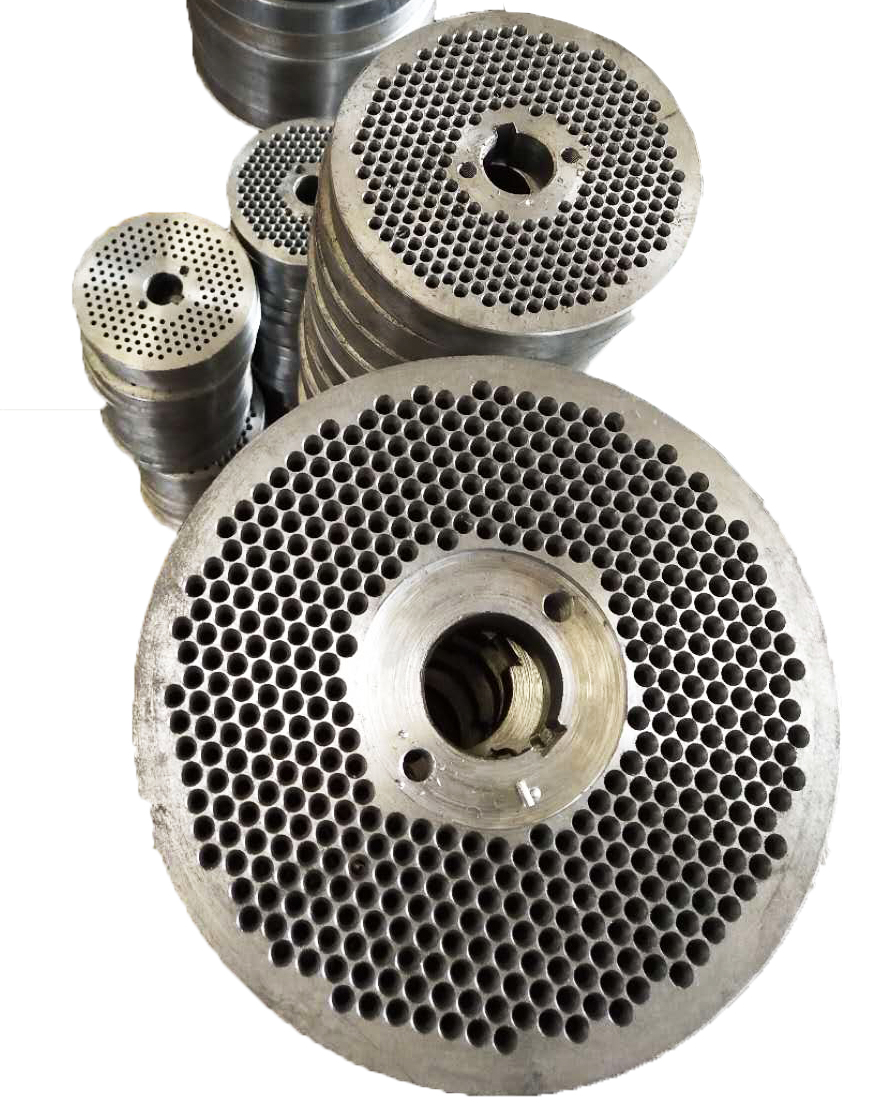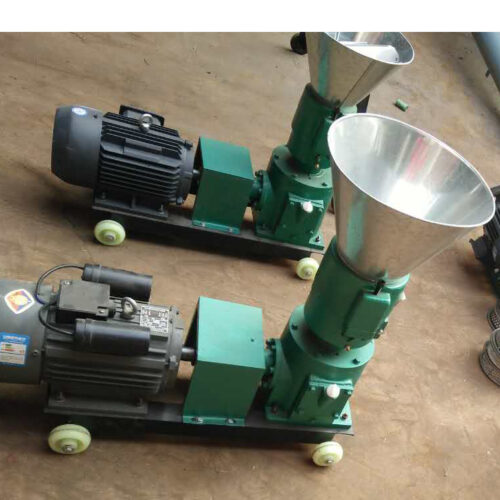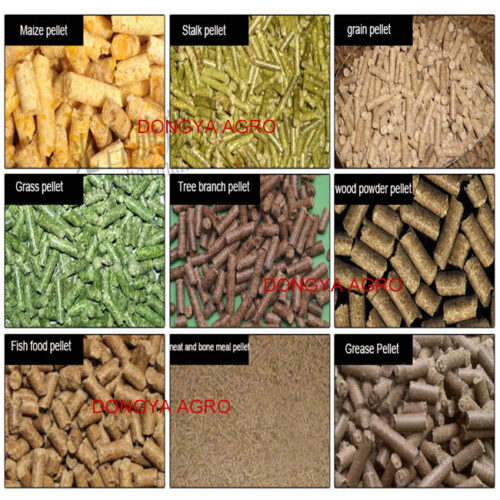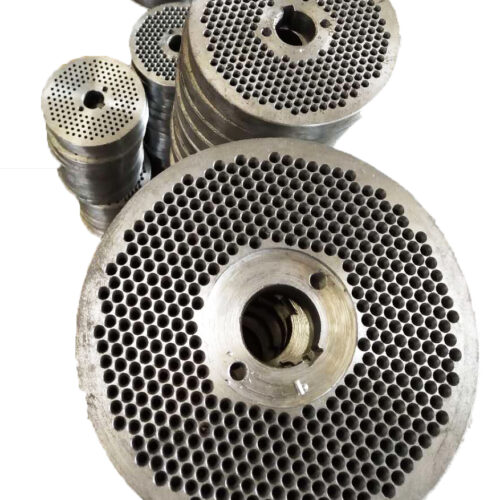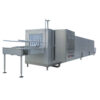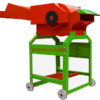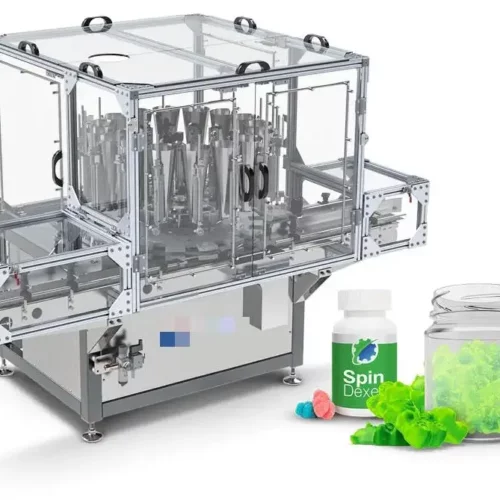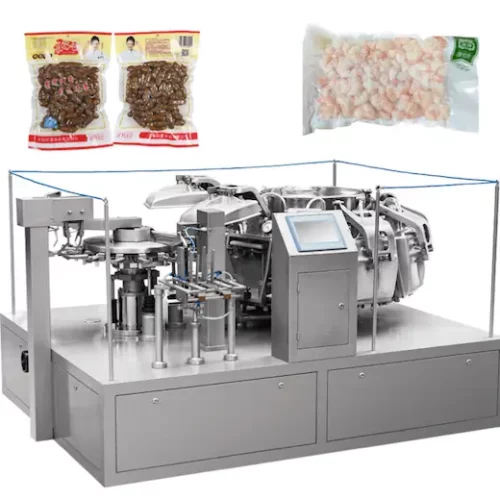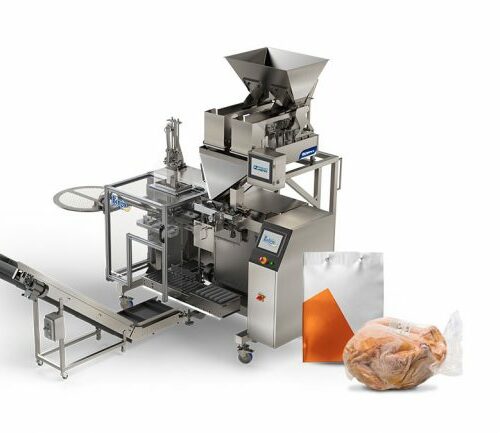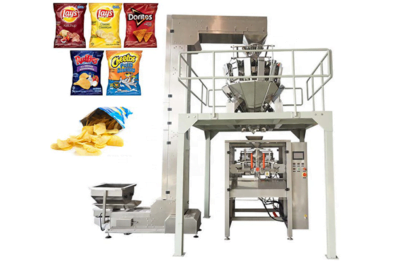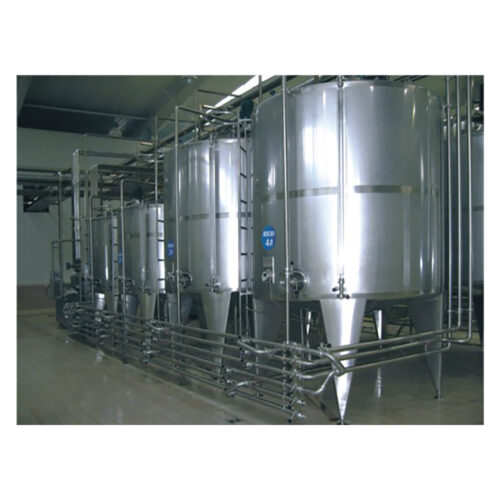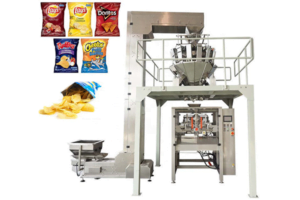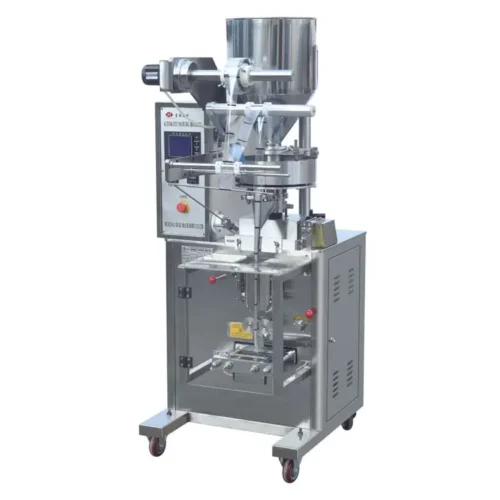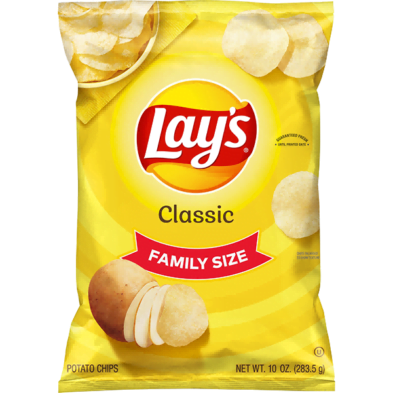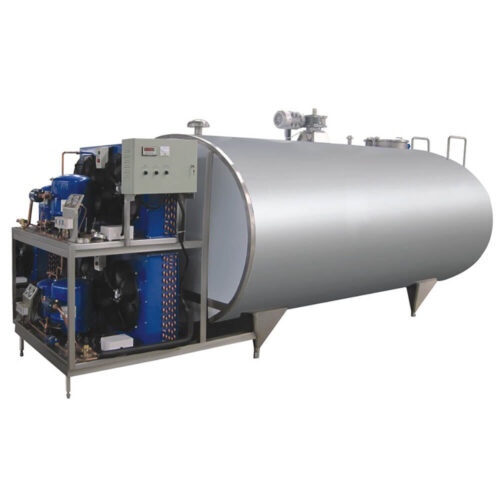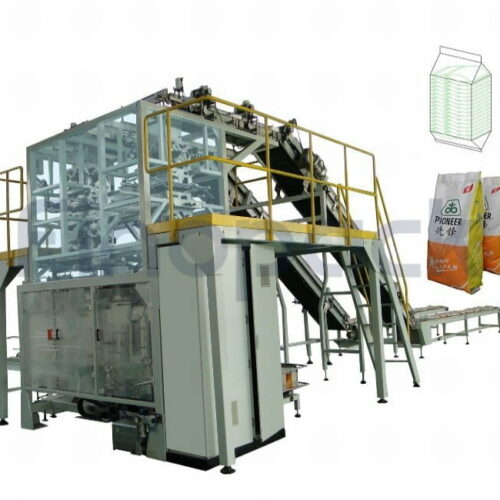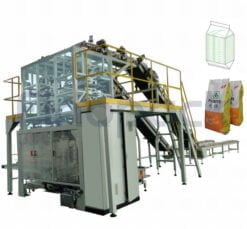Feed pellets have revolutionized the animal feed industry, offering a compact and nutritious solution for livestock and poultry. With the global demand for feed pellets on the rise, suppliers and manufacturers are constantly innovating to meet the needs of the market. Among the leading nations in the feed pellet industry, China stands out as a dominant player. With its advanced manufacturing capabilities, vast resources, and competitive prices, China has become the go-to destination for businesses worldwide looking to source high-quality feed pellets and related machinery.
The subsequent growth of the feed pellet industry in China has led to the emergence of numerous companies specializing in the production and supply of feed pellets. Among these, DONGYA AGRO and PkgMach have established themselves as reputable brands, offering a range of products and services tailored to the needs of the global market.
In this comprehensive guide, we will delve deep into the world of feed pellets, exploring their types, applications, production processes, and much more. Additionally, we will spotlight the offerings of DONGYA AGRO and PkgMach, providing insights into their products, services, and what sets them apart in the competitive landscape.
Understanding Feed Pellets
Feed pellets are a modern solution to the age-old challenge of providing consistent, nutritious, and easily digestible feed to livestock and poultry. These compacted and shaped particles are made by compressing various raw materials, ensuring a balanced mix of essential nutrients.
- Definition and Types of Feed Pellets
- Complete Feed Pellets: These contain all the nutrients required by the animal in the right proportions. They are often used for poultry and swine as they ensure uniform nutrient consumption.
- Concentrated Pellets: Primarily used for cattle and sheep, these pellets provide the essential nutrients but need to be supplemented with additional forage.
- Specialized Pellets: Tailored for specific animals or life stages, such as starter or grower pellets for young animals or layer pellets for egg-laying poultry.
- Applications of Feed Pellets in Various Industries
- Poultry: Ensures uniform growth, high egg production, and meat yield.
- Swine: Facilitates better digestion, faster growth, and efficient meat production.
- Ruminants: Provides consistent nutrition, leading to increased milk yield and quality in dairy cattle and improved meat quality in beef cattle.
The Production Process of Feed Pellets in China
China's advanced manufacturing capabilities have streamlined the production process of feed pellets, ensuring high-quality output at competitive prices. Here's a step-by-step breakdown:
- Raw Material Selection and Preparation: The first step involves choosing the right mix of ingredients, such as grains, soybean meal, vitamins, and minerals. These are then cleaned, ground, and mixed in precise proportions to ensure a balanced nutrient profile.
- Pelletizing Process: The mixed feed is then passed through a pellet mill where it's compressed into small cylindrical shapes. The heat generated during this process also partially cooks the feed, making it more digestible.
- Cooling and Packaging: The hot pellets are cooled to around room temperature and then packaged. Proper cooling is crucial as it prevents mold growth and ensures the pellets retain their shape and nutritional value.
Using the Feed Pellet Machine: A Step-by-Step Guide
Operating a feed pellet machine efficiently ensures optimal output and longevity of the machine. Here's a guide to using the DONGYA AGRO Feed Pellet Machine:
- Installation and Setup: Ensure the machine is placed on a flat surface and all parts are securely fastened. Check the electrical connections and ensure they match the machine's specifications.
- Operating Procedures:
- Start the machine and let it run idle for a few minutes.
- Gradually add the feed mixture into the hopper.
- Adjust the machine settings to achieve the desired pellet size.
- Monitor the pellet output and ensure consistent quality.
- Maintenance and Troubleshooting: Regularly clean the machine to prevent feed buildup. Lubricate moving parts as per the manufacturer's guidelines. If the machine malfunctions, refer to the user manual or contact the manufacturer.
Questions International Buyers Should Ask Chinese Suppliers
When sourcing feed pellet machines from China, it's essential to gather comprehensive information to make an informed decision. Here are some crucial questions to ask:
- What certifications do your products have?
- Can the machines be customized to specific requirements?
- What are the shipping and delivery terms?
- Do you offer after-sales services and technical support?
- How do you ensure the quality and durability of your products?
FAQ Tips
- What are the benefits of using feed pellets? Feed pellets offer a balanced nutrition, reduce waste, and are easy to store and transport.
- How do feed pellet sizes affect animal nutrition? Different animals require different pellet sizes. For instance, larger pellets might be suitable for cattle, while poultry might require smaller ones.
- What are the environmental impacts of feed pellet production? Modern production methods are more eco-friendly, with many manufacturers focusing on sustainable practices.
- How do Chinese suppliers ensure the quality of feed pellets? Through rigorous quality checks, certifications, and using advanced technology.
- What are the costs associated with importing feed pellet machines from China? Costs can vary based on the machine's specifications, shipping, customs duties, and other associated fees.
The Importance of After-sales Services in the Feed Pellet Industry
After-sales service is often the differentiator in long-term customer loyalty. Here's how it plays a pivotal role in the feed pellet industry:
- Machine Maintenance: Regular maintenance ensures the longevity and efficiency of feed pellet machines. Suppliers offering periodic check-ups and maintenance services stand out in the market.
- Training and Workshops: Suppliers who provide training sessions on the optimal use of machinery, troubleshooting, and best practices ensure that their clients get the best out of their investment.
- 24/7 Customer Support: Round-the-clock support for any queries or issues builds trust and ensures uninterrupted operations for clients.
Exploring the Versatility of Feed Pellets: Beyond Livestock
While feed pellets are primarily associated with livestock, their application is more versatile:
- Aquaculture: With the booming aquaculture industry, there's a rising demand for specialized feed pellets that cater to various fish species.
- Pet Food: The pet industry is witnessing a surge in demand for quality feed pellets, tailored for different breeds and age groups of pets.
- Wildlife Conservation: Feed pellets are also used in wildlife conservation efforts, especially for species that are being bred in captivity for reintroduction into the wild.
The Economic Implications of Feed Pellet Production in China
The feed pellet industry doesn't operate in isolation; it has broader economic implications:
- Boost to the Agricultural Sector: The demand for raw materials for feed pellet production provides a steady market for farmers, ensuring stable prices and demand.
- Employment Opportunities: From production to sales, the feed pellet industry creates numerous job opportunities, contributing to the economy.
- Infrastructure Development: The growth of the feed pellet industry often necessitates the development of related infrastructure, from roads to storage facilities.
FAQ Tips: Addressing Common Queries
- How are feed pellets different from traditional feed? Feed pellets offer a compact and nutritionally balanced feed option, reducing waste and ensuring optimal animal health.
- Can feed pellet machines handle different raw materials? Yes, most machines are versatile and can process a variety of raw materials, from grains to oil cakes.
- What's the shelf life of feed pellets? Typically, feed pellets can last for several months if stored in a cool, dry place. However, it's best to check the manufacturer's guidelines.
- Are there vegetarian feed pellets? Yes, vegetarian feed pellets, made without any animal by-products, are available and are often used for specific religious or ethical farming practices.
- How does the cost of feed pellet production compare to traditional feed? While the initial investment in machinery might be higher, feed pellets often prove to be cost-effective in the long run due to reduced wastage and better animal health.

